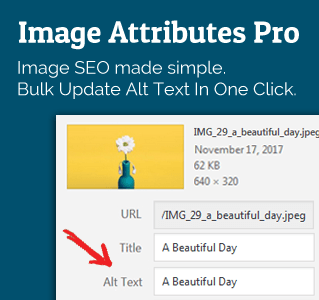If you have an EPF (Employee Provident Fund) account via your employer you might not need PPF account. PPF and EPF are pretty much the same and EPF account typically has better benefits and slightly higher interest rate.
If you do not have an EPF account, then open a PPF account. Take action and you can thank me later when you learn more about investments.
A Public Provident Fund (PPF) account is the public variant of the EPF account. It is a savings scheme offered by the central government with attractive tax benefits.
- You can invest up to 1,50,000 INR each year.
- Any investment is tax free (under section 80C of Income Tax laws).
- The interest earned in your PPF account and the amount you withdraw is also tax free as of now. (Called EEE tax status. Each E is for Except at the Pricipal-Interest-Withdraw stages.)
- PPF used to have 12% return every year for a long time! Now it varies each quarter. It’s 7.1% right now. Since interest earned is tax free, that is equivalent to about 10% return on a bank FD assuming you pay 30% tax. That’s insane return on a low-risk investment.
- PPF money is “your” money. In most cases no court can ask to settle any debt you have from your PPF account. I believe there are exceptions, but I hope we never have to go there.
- You can make a maximum of 12 contributions a year. You have to contribute at least 500 INR each year to keep the account active.
- The maturity for the account is 15 years. At maturity you can choose to extend the account for another 5 years and repeat that infinitely.
- You can make a partial withdrawal after 7 years.
- You can open a PPF account at any post office branch, nationalised banks (SBI for example) and some private banks. You can have only one PPF account.
- If your bank already offers to open a PPF account, take advantage of that so that you can transact online. If you already have a PPF account at a post office you can transfer it to your bank as well.
- Interest is calculated only for payments made before the 5th of any month. For example if you invest 1,00,000 on August 15th, your investment will only start generating an interest from the month of September. You will get no interest for the remainder of August from 15th to the 31st. (But don’t worry too much about this. We are planning for the long term, so worrying of 15 days of interest shouldn’t be your concern. Get out of that middle class thinking if you can.)
Start Early
Starting your investments early is important overall. When it comes to PPF, there is one more reason. The maturity (time at which you can close your account and make a full withdrawal) is 15 years.
So if you are a college student who just turned 18, open a PPF account with just INR 500. By the time you get a job and start reaping the tax saving benefits of PPF, you are 22 or 24 and your account is already 4 to 6 years old. Your PPF will mature by the time you are just 33!
You can make partial withdrawals from 7th year, which means your money is not tied up when you might need it the most.
At maturity you can do one of these three things:
- Close the account and cash out entirely.
- Keep the account without extension. The corpus will continue to earn interest and you can make one withdrawal each year.
- Extend the account for another five years and keep investing. You can withdraw up to 60% (of what was available at the end of 15 years). One withdrawal per year.
How I Treat My PPF Account
PPF is the ultra-safe part of my investment portfolio. I find peace knowing that it is compounding without taxation each year. And I do not have to worry about risk.
A lot of working-class public money is tied up in EPF and PPF account. We do not expect the government to default, if they do then we have bigger problems to talk about than losing our investment.
Once I reach the 15 year mark, the fund will be part of my emergency fund. I will renew most likely. However being able to withdraw 60% will be useful during emergency.
PPF For Tax Saving
While I use my PPF account for tax saving, if you want the most returns you are better off with ELSS. ELSS is a mutual fund with tax saving benefits. We will look into it in depth in a future article.
The reason I use it for tax saving is to serve as the “debt” and “safe” part of my portfolio.
Sukanya Samriddhi Account
If you have a daughter under 10 years of age, then you can open a Sukanya Samriddhi Account in her name. This scheme is very similar to PPF where the maximum deposit is capped at 1.5 lakh a year and the interest is tax free.
In fact you can open both Sukanya Samriddhi Account and PPF in the name of the daughter as long term debt components of your financial portfolio. SSA often has a slightly higher rate of interest as compared of PPF. More details are available here.






Leave a Reply